From my understanding, the SOA lists the drain current for a given VDS in the ohmic and saturation regions where the FET can function without damage.
I read a thread that says FET SOA graphs with short pulses and no line for DC operation are not rated for DC in the linear mode/saturation region.
Thread in question: What's the difference between field-effect transistors (FETs) marketed as switches vs. amplifiers?
Can these FETS operate with DC in the ohmic region without an SOA line for DC operation?
I don't have a specific FET in mind but I plan on using a FET driving a relay that will remain closed for an extended period of time while DC flows.
Here is my schematic(I forgot the gate resistor):
Related thread: Undestanding the SOA of MOSFET from the datasheet?
